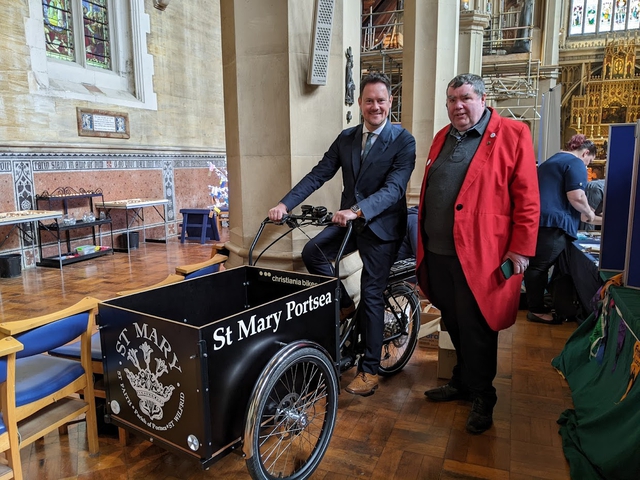
Church buildings: the drive towards net zero carbon
The Church of England’s General Synod has recognised the climate emergency and called on all parts of the Church to become net zero carbon by 2030. This commitment requires us all to take action to reduce our carbon footprint. This will involve making material changes to our buildings and adopting new behaviours that both reduce our energy use and switch usage to renewable sources.
The Church has published essential guidance on steps which churches can take towards net zero carbon targets and we strongly recommend that all parishes read the guidance and other resources which are available on the Church of England website here:
From 1 July 2022, any proposal for works for which a faculty or List B approval is required, and to which the net zero carbon guidance applies, must include an explanation of how the applicants, in formulating the proposal, have had due regard to the relevant guidance. This requirement is mandatory and applies to any proposed works where net zero carbon may be a factor, for example roof or loft insulation, changes to heating or lighting schemes or secondary or double glazing.
In addition, Lists A and B, which enable certain works to be undertaken without a faculty or with the approval of the Archdeacon, have been amended to include measures concerned with promoting environmental protection (for example, fitting boilers which do not use fossil fuels and installing charging points for electric vehicles).
A checklist has been developed to assist parishes in reviewing the carbon emissions of their church building and identifying actions that can be taken to help your church reduce its energy use and associated carbon emissions. A completed checklist should be submitted with any proposals which require a faculty or List B approval in which net zero carbon considerations may be factor or where requested by the DAC.
The checklist is designed to be used alongside the “Practical path to net zero carbon for churches” guide which provides additional advice and information to help you in this journey and which can be found here:
There’s also a helpful guide as to what the net zero carbon church building might look like, and other resources, here:
As a general rule, permission is not needed for any steps that are about using existing installations more efficiently, keeping ahead of maintenance and repair, and replacing lamps with more efficient ones. If you are unsure if permission will be needed please ask your Archdeacon or DAC Secretary.
The environment
Our diocese is committed to combatting climate change and preserving God’s creation. It is taking all sorts of practical steps to help reduce our carbon footprint, and encourage ecological diversity. See portsmouth.anglican.org/environment for more information.
Energy Footprint Tool
The Energy Footprint Tool is an easy-to-use online data entry site that enables you to submit your energy usage data each year, helping us build a picture of how churches are doing in their care for creation and in working towards net zero carbon, and also help in applying for grants to kickstart net zero projects.
- Click here to find out more about the Energy Footprint Tool
- Click here to submit your energy usage data (you will need an account with the Parish Returns website)



